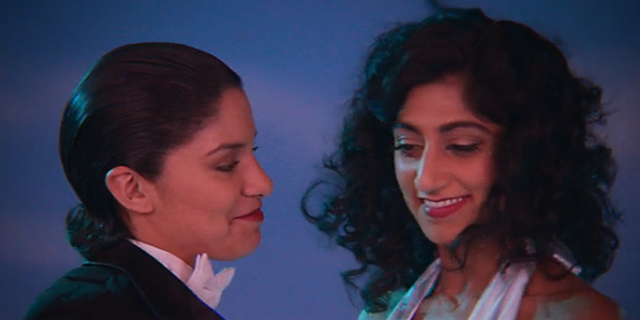glow
glow
Teenage Bounty Hunters
a black lady sketch show
batwoman
claws
dear white people
buffy the vampire slayer
Glee
2018 end of year list
Adventure Time
2018 end of year list
Black Lightning














